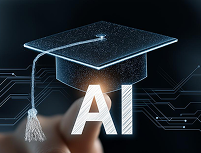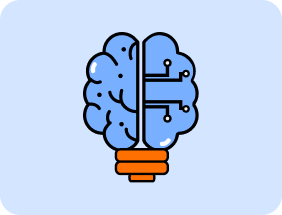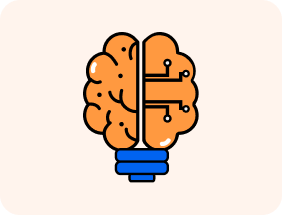- Home
- Solutions
- Join Community
- Methodology
- Limited Offer
-
Pricing
- More
What is the Activity?
The Problem Solving activity engages learners in identifying, analyzing, and resolving complex issues across various fields such as education, technology, health, environment, and social issues. Participants work with different problem types—Simple, Complex, Ill-defined, and Challenging Dilemmas—to explore a wide range of challenges. Learners define the core problem, assess constraints, resources, and stakeholders, and apply structured frameworks like Root Cause Analysis, Fishbone Diagrams, or Systems Thinking. Problems can be logical, ethical, creative, or crisis-based, and learners explore multiple perspectives to generate effective solutions.
The activity emphasizes critical thinking, decision-making, ethical judgment, and reflection. AI tools assist in providing alternative solutions, feedback, and scenario-based prompts. Participants document their analysis, consider ethical and practical implications, and refine strategies based on reflection, making the learning experience comprehensive and practical for real-world challenges.




 Individual
Individual
 Learner
Learner Mentor
Mentor Organisation
Organisation
 Learner
Learner Mentor
Mentor Organisation
Organisation






